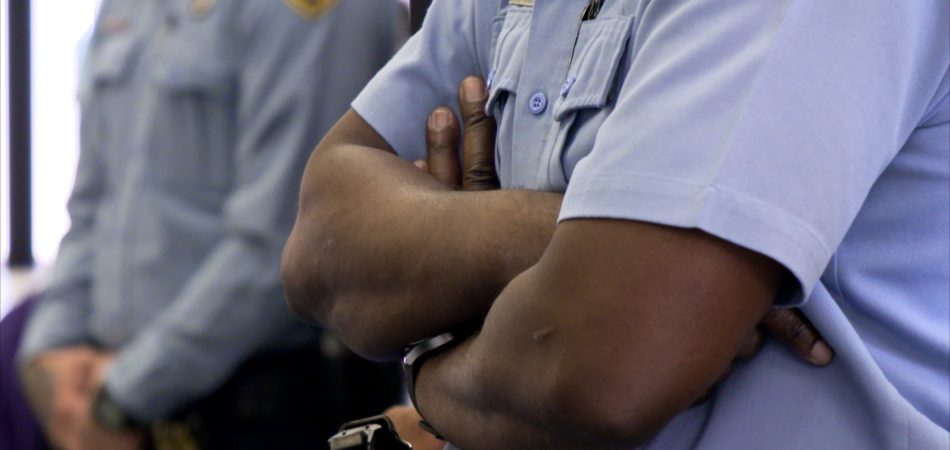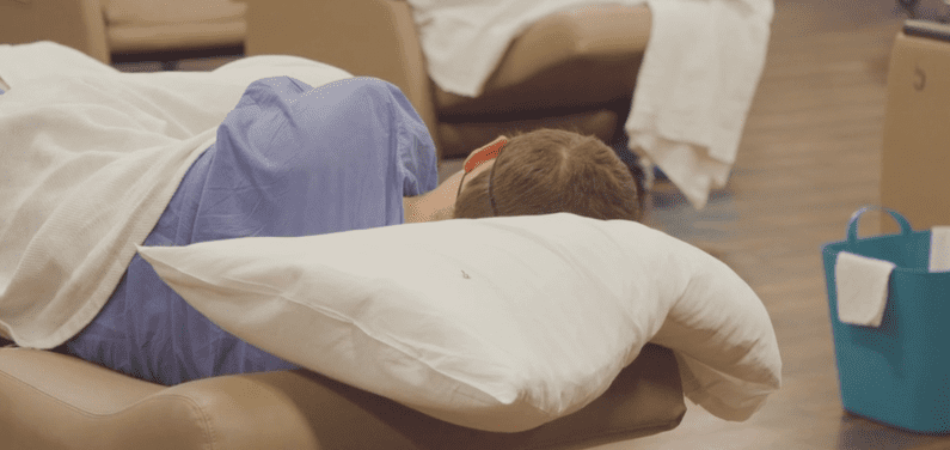Reentry Matters: Strategies and Successes of Second Chance Act Grantees Across the United States
The program snapshots in this publication illustrate the positive impact these reentry initiatives can have by focusing on areas vital to successful reintegration back into the community, including employment, education, mentoring, and substance abuse and mental health treatment. Also highlighted are programs that address the needs of a particular population, such as women, youth and their families, and tribal communities. Representing a wide range of populations served, these programs also demonstrate the diversity of approaches that can address recidivism and increase public safety.

On Wednesday, November 13, 2013, the Second Chance Reauthorization Act was introduced…
Read MoreNew Hampshire Department of Corrections Commissioner Helen Hanks presents at the Medicaid and Corrections Policy Academy in-person meeting.
Read More Meet the Medicaid and Corrections Policy Academy Mentor States
Meet the Medicaid and Corrections Policy Academy Mentor States
New Hampshire Department of Corrections Commissioner Helen Hanks presents at the Medicaid and Corrections Policy Academy in-person meeting.
Read More Key Findings and Recommendations from Kentucky’s Justice Reinvestment Initiative to Better Understand and Address Domestic Violence
Key Findings and Recommendations from Kentucky’s Justice Reinvestment Initiative to Better Understand and Address Domestic Violence
Almost half of all violent crime in Kentucky is rooted in domestic violence (DV), and nearly 40 percent of people incarcerated in jails and prisons have a history of DV in their background.
Read More Explainer: Key Findings and Options from Arkansas’s Justice Reinvestment Initiative
Explainer: Key Findings and Options from Arkansas’s Justice Reinvestment Initiative
Arkansas policymakers have long expressed concerns about the state’s high recidivism rate. Over the past 10 years, an estimated 72 percent of prison admissions in the state involved people who were revoked from supervision, with unmet substance use and mental health challenges playing a significant role in these failures.
Read More












